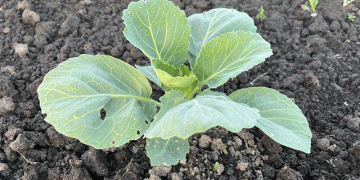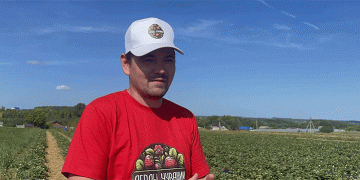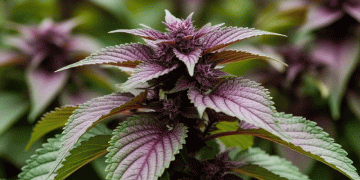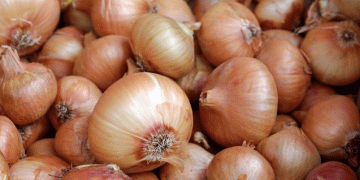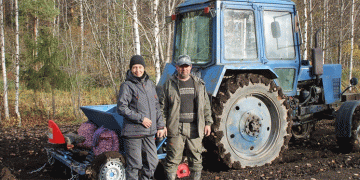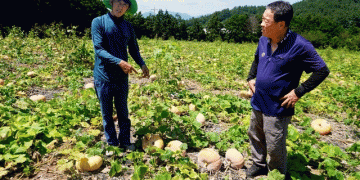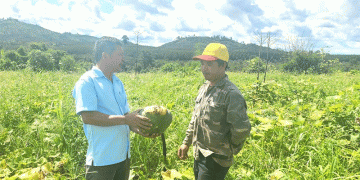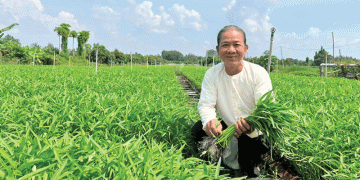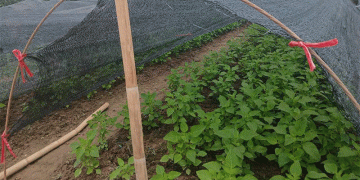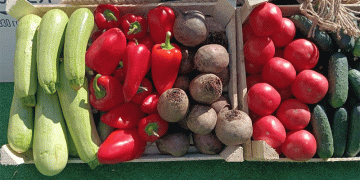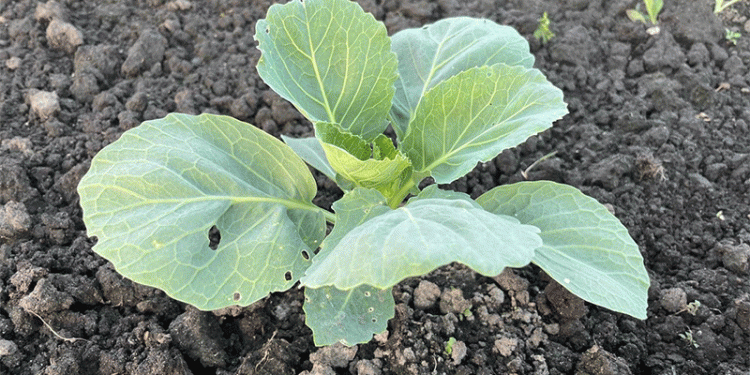Recent reports from Novosibirsk, Russia, have highlighted a concerning issue for growers and consumers alike: complaints of a serious cabbage shortage and problems with head formation for both standard and cauliflower varieties in the summer of 2025. While alarming, agronomist Lyudmila Shubina suggests these may be isolated incidents linked to specific cultivation errors rather than a regional catastrophe.
Shubina identifies two primary culprits for the reported failures. First, she emphasizes the critical importance of sunlight. Cabbage is a sun-loving crop, and planting in shaded areas, such as near tree lines or in forested plots, can severely inhibit head development. Second, she points to the often-overlooked factor of seed selection and genetics. Cabbage is a cross-pollinating plant, and if seed producers do not isolate their crops from other brassicas like radish, turnip, or wild mustard, genetic contamination can occur. This leads to seeds that produce plants with poor head-forming characteristics, a problem that only manifests in the next growing season.
This expert opinion aligns with global agricultural research. A 2024 review in the journal Scientia Horticulturae confirmed that light intensity is a dominant environmental factor affecting curd initiation and development in cauliflower and head formation in cabbage. Furthermore, a report from the International Seed Federation (2023) stresses that maintaining genetic purity in cross-pollinated vegetables is a fundamental challenge, requiring isolation distances of several kilometers for commercial seed production to prevent unwanted hybridization.
For farmers and agricultural engineers, this situation is a critical reminder. It underscores that successful cultivation extends beyond simple planting. It requires meticulous attention to:
- Site Selection: Ensuring full-sun conditions is non-negotiable.
- Seed Sourcing: Purchasing certified seeds from reputable suppliers who guarantee genetic purity is a vital risk-management strategy.
- Crop Planning: Practicing proper crop rotation and spatial isolation from other brassica species in the field can prevent issues related to both pests and accidental cross-pollination for those saving their own seeds.
The 2025 cabbage scare in Novosibirsk appears less a story of a failed harvest and more a case study in the precise science of vegetable agronomy. The problems reported likely stem from localized errors in planting location and seed quality rather than a universal crop failure. For agronomists, farm owners, and scientists, this incident reinforces that achieving consistent yields hinges on a deep understanding of a crop’s specific physiological needs and a rigorous approach to the entire supply chain, starting with the quality of the seed itself.
